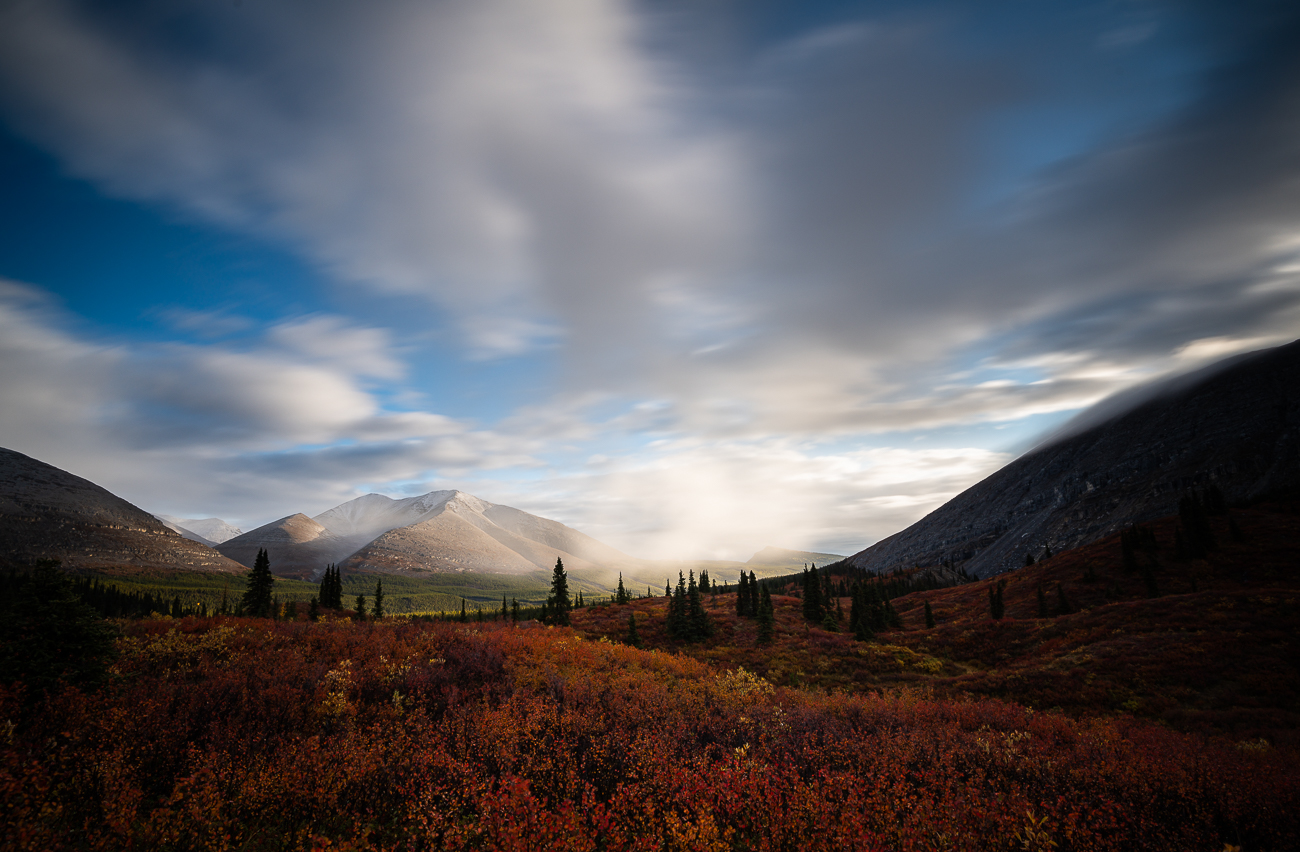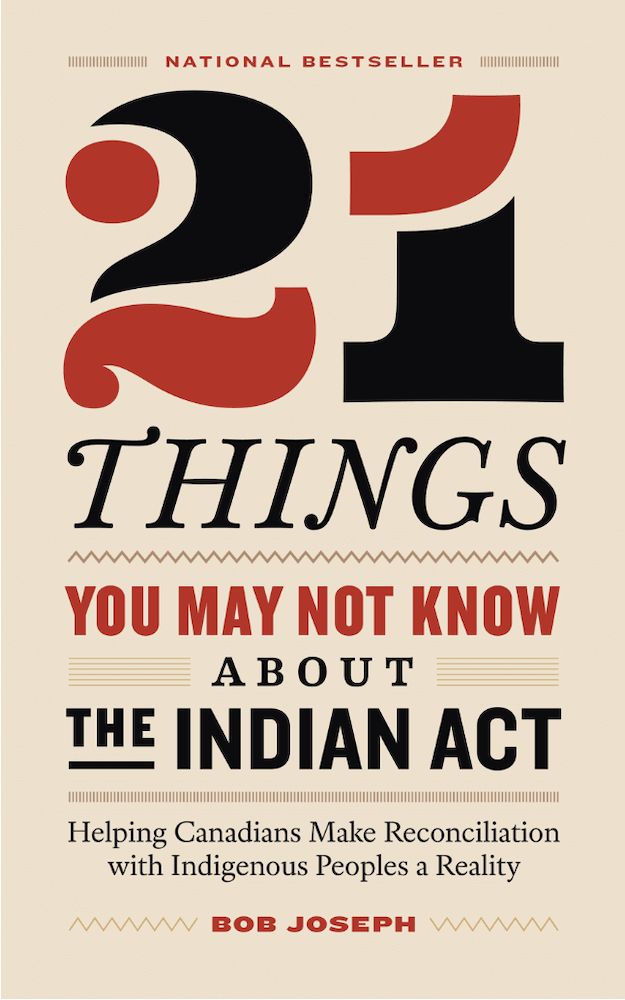We Don’t Know What We Don’t Know
Chapter Three
“We are increasingly boiling things down to such simplified narratives that our heads explode when we find complexity in things.”
Pollster Shachi Kurl is right. And she believes, when it comes to complicated problems, we’re afraid to ask the better questions.
“There is a subset of the Canadian population who cannot get their heads around the fact that many Indigenous people in this country, many First Nations, are actually pro-pipeline because they see a way to economic opportunity, which is part of that social justice/equality/reconciliation package. ‘When my people can come up to the level that everyone else has enjoyed for a long time, we will feel that sense of equality’.”
And when we don’t understand that reality, we struggle to make sense of current events.
 Like pipeline protests in remote northwestern British Columbia.
Like pipeline protests in remote northwestern British Columbia.
Maybe you’ve heard: In British Columbia, Coastal GasLink was given approval to build a Liquid Natural Gas pipeline to the west coast for global export. To reach the coast, the pipeline must cross the traditional territory of the Wet’suwet’en nation.
Though construction is complete and the pipeline is operational, the project had to overcome a life and death battle for its existence and division still lingers to this day.
When we see stories like this on the news, we assume the issue is simply a question of environmental ethics versus economic growth.
Not so!
In many ways, to understand this issue, the question that needs to be asked isn’t: What’s required to resolve a dispute like this one? The better question is: Why was there a dispute in the first place?
Let me explain.
You see, land matters. Land is home. It defines who we are and what we believe.
To understand, let’s start here with Indigenous leader Larry Casper. You might hear these quotes a few times, but it’s important to really understand Larry’s words.
“We all are inherently úcwalmicw (the people of the land), wherever you originate from.”
 Larry is a member of the St’át’imc nation and has been an advocate for his people and his land – our people and our land – for much of his life. Indeed, caring for this land matters deeply to his people because of their history on this land.
Larry is a member of the St’át’imc nation and has been an advocate for his people and his land – our people and our land – for much of his life. Indeed, caring for this land matters deeply to his people because of their history on this land.
“(The St’át’imc and Indigenous connection to place) stems from the historical length of time that the St’át’imc have lived on this land. It seems only natural that a relative newcomer population would not share this same connection to the land, as they have not been here long enough to establish this deep relationship.”
Which is an interesting perspective on how different cultures value land. So too is this:
“The St’át’imc world view of ownership of land or territory still varies from the modern practice of fee simple or site-specific ownership of land and/or properties. We are more like ‘caretakers’ of the land for the benefit of our future generations. We have a responsibility to pass this knowledge and practice on to our children and fellow human beings.”
And yet site-specific ownership of land is very much how western society works. And since about the Royal Proclamation of 1763, that’s how the Crown has recognized Indigenous rights and title.
King George declared that Indigenous land existed prior to the arrival of settlers and that their arrival didn’t change land ownership. Indigenous ownership – there’s that word again – could be sold, but only to the Crown, said the decree. No settler could just take land that wasn’t theirs and all transfer of land from Indigenous nations to the Crown had to be settled through legal treaties.
This tattered old document?
It’s literally used as case law in today’s court cases – and so too are historic treaties signed when King George still reigned.
Treaties. Oh dear.
Take it away Joe Urie:
“This goes back to the spirit of treaty. It was meant to be this partnership. It got a little lopsided (along the way). A little bit is an understatement.
Joe, founder of the Jasper Tour Company and champion of Indigenous tourism, is right. The spirit of treaties was certainly lost along the way.
Look, treaties are a lesson onto themselves. And each Indigenous nation that signed one has their own story that they need to tell. Hear them. But when discussing decision-making in Canada today, there is one very big, very important thing you must know about treaties: Not every nation signed one.
The Inuit didn’t. That’s why the Northwest Territories split in 1999 and Nunavut was created.
Also!
 Almost every nation found in present day British Columbia didn’t sign a treaty either.
Almost every nation found in present day British Columbia didn’t sign a treaty either.
What does that mean?
Well, you know how before a Vancouver Canucks game you hear a land acknowledgement? You remember when the speakers reference their unceded territory? The ‘unceded’ part of the land recognition is really, really important.
You see, a vast majority of British Columbia is unceded, First Nation territory – and who owns what, in western societal terms, is very much in dispute.
Though a modern-day treaty process is underway – it started in BC in 1990 – there have only been a handful of treaties signed. And given the lack of progress, it’s why you see disruption and frustration. On all sides.
Here’s an example:
When a government issues a permit for any kind of activity on public or Crown land, the Crown – or the entity that has been granted authority on behalf of the Crown, say, a resource development company – must have negotiated in good faith with the Indigenous nations who have laid claim to the land in question before the permit was issued. If they didn’t? Even in the eyes of some?
It’s all going to court.
The consequence? Truth and reconciliation in Canada is stuck.
Then there’s this: Indigenous governments and the Canadian federal and provincial governments must use the courts to resolve the question of land ownership and decision-making power in areas where no treaties were signed.
If you’re curious, courts must also must resolve cases of land ownership and decision-making power on treaty land if treaty rights were ignored, re-written without consent or if the treaty itself was signed under duress.
Making matters more complicated is this:
When the undebatable racist Indian Act became law in 1876, Indigenous nations were mostly broken down into reserves that became labelled as bands. Those bands elect band councils and chiefs from the 630 some-odd First Nation communities.
 Now, we all need to understand the ramifications of the Indian Act, but it’s not my story to tell. I highly recommend 21 Things You May Not Know About the Indian Act as a starting point. But here’s one thing you must know right now: Band councils and chiefs – those who represent First Nations through the Assembly of First Nations? They’re a construct of the Indian Act.
Now, we all need to understand the ramifications of the Indian Act, but it’s not my story to tell. I highly recommend 21 Things You May Not Know About the Indian Act as a starting point. But here’s one thing you must know right now: Band councils and chiefs – those who represent First Nations through the Assembly of First Nations? They’re a construct of the Indian Act.
As a result, some communities don’t believe the band council system is a representative or even valid form of Indigenous decision-making.
Historically, Indigenous decision-making power rested with big houses, clans and hereditary chiefs. This is how some nations actually governed themselves since time immemorial and, depending on who you speak with, is still how some nations are governed.
Which brings us back to the Wet’suwet’en protests.
Coastal GasLink – under Canadian constitutional law, enhanced by the passing of the United Nations Declaration on the Rights of Indigenous Peoples – was required to receive free, prior and informed consent from every Indigenous nation whose traditional territory might be impacted by the project.
Coastal GasLink got permission, but some members of the Wet’suwet’en community dispute whether their nation actually did provide free, prior and informed consent to build the pipeline across their unceded land. After all, in BC, there are few treaties in place between Indigenous nations and Canada’s various levels of government.
Yes, community members agree, the band council supported the project, but some believe only hereditary chiefs – traditional Indigenous decision makers – have the true authority to provide consent.
That means the Wet’suwet’en nation has differing opinions on who has decision-making power in their community – and the community is still very much split on whether this project is good economics or culturally harmful.
 That’s right: This pipeline dispute isn’t only – or even largely – about the science of balancing people and nature. The Wet’suwet’en Coastal GasLink protest is about different issues, like culture, land, decision-making power, values and ongoing, historical wrongs.
That’s right: This pipeline dispute isn’t only – or even largely – about the science of balancing people and nature. The Wet’suwet’en Coastal GasLink protest is about different issues, like culture, land, decision-making power, values and ongoing, historical wrongs.
It’s not even a right-versus-wrong issue.
There are layers of complexity and layers of realities – some moral, some scientific, some environmental, some economic, some legal.
It’s why we can’t assume this – or any – issue at the intersection of people and nature is a simple problem with a simple answer.
There are no simple problems; no simple solutions.
For this reason, it’s critical that we don’t get stuck trying to advance incomplete solutions to problems we have yet to fully grasp. We must ask the better questions so we can move beyond our assumptions and understand the true complexity behind the challenges we face.
Only then will we find the better answers that work for all peoples and all life that call this land home.